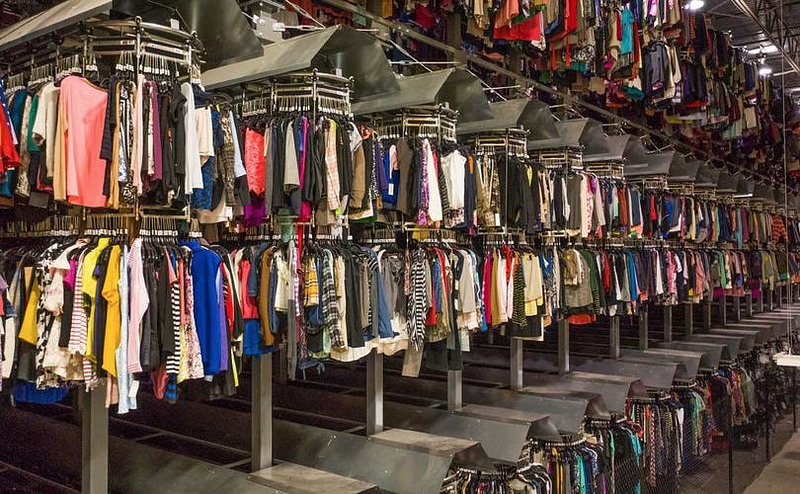
As a college student, price tags mean everything to us. With little to no disposable income, our age bracket is constantly searching for cheap clothes that align with the ever-changing styles of the market as well as our own personal styles. Unfortunately, big sales, cheap megastores, and the fast fashion industry are detrimental to labor equality and the environment. Given America’s consumer culture, fast fashion’s consequences are at an all-time high.
The documentary
The True Cost
pulls back the curtain on who actually pays the cost of the clothing we wear. In the 1950s and 1960s around 90 percent of the clothing worn by Americans was made in the United States. Today it is less than 3 percent. Trends are not dependent on the season anymore, but rather on the week. More clothing is produced now than ever before. Consumer clothing costs have decreased throughout the past few decades, yet the prices of making clothing has stayed relatively the same. Wages have been squeezed in this equation.
Major retailers like Forever 21, Uniqlo, and H&M are partially responsible for driving down wages. These businesses tend to move their factories abroad, where there are minimal manufacturing regulations. This immunizes business from responsibility. The consequences of outsourcing to unregulated factories is catastrophic, as demonstrated in the Savar building collapse of Dhaka, Bangladesh in 2013. The factory, which employed mostly women, mistreated workers with long hours, exposure to toxic chemicals, and various forms of physical abuse. The degradation of the factory building and lack of care for workers led to over 1,000 avoidable deaths.
These practices’ effects on workers are both mental and physical. In parts of northern India, chemical runoff from shoe processing plants cause jaundice and cancer in surrounding communities. Workers are forced to do menial work for extended periods of time, barely making enough for their families’ survival. Sweatshop workers have been known to committ suicide in certain cities as a way to escape their difficult life circumstances.
The proposal to move factories back to the United States would not solve most of the pressing issues. Workers abroad would not be able to make ends meet without outsourced jobs from western corporations, so they would fall further into poverty. Additionally, the treatment of workers in the United States should not be placed on a pedestal. In fact, they often mirror conditions overseas. Los Angeles, California is an important city for the garment industry. However, with a fair number of undocumented immigrants, factories are often unregulated and follow the model set by sweatshops abroad. Workers in the underground LA garment industry are paid $1, $2, or $3 an hour without overtime compensation. It’s clear that where garments are made does not necessarily ensure fair treatment or safe environments. As consumers, it is our responsibility to educate ourselves on how our clothes are made, who makes them, and where they are coming from. It is also our job to put pressure on fashion companies who are overproducing clothes, squeezing laborers in the process, and leaving an irreversible environmental footprint.
























